Call for community rights
Sign the petition to demand communities be given a fair say in decisions about the environment.
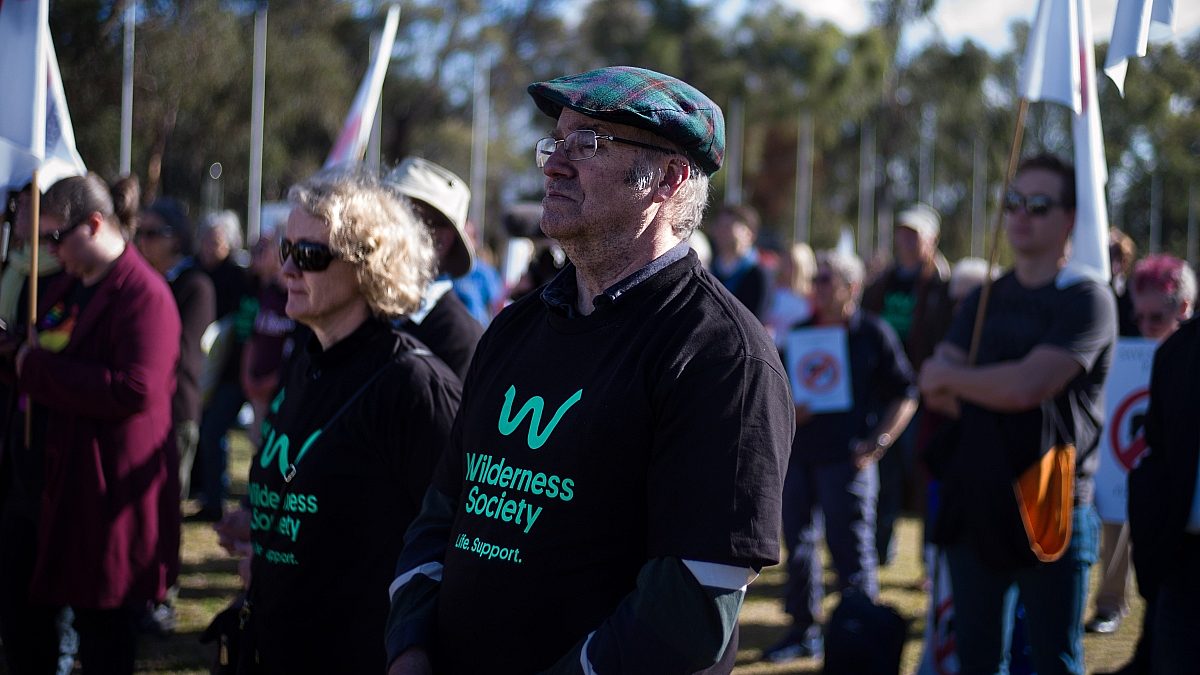
Communities in Australia deserve a fair say in decisions made about the environment—but the system is rigged against them.
The federal government is in the process of reforming Australia’s nature laws. Here are three shocking cases that show why these reforms must give the community a fair say in environmental decision-making.
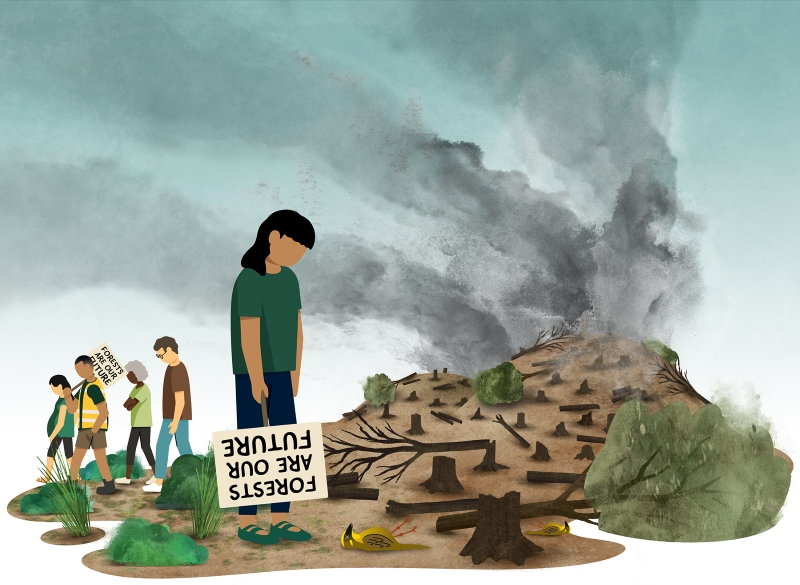
Australia has a national environment law. It’s called the Environment Protection and Biodiversity Conservation Act 1999 (the EPBC Act), and it’s been in place for the last 20 years. It has a very important job. The law is supposed to block threats to the habitat of threatened species—like the koala and swift parrot—and ensure all governments work together to preserve Australia’s unique ecosystems for the future.
But our national environment law is not currently working to protect nature. Almost all projects assessed by the Federal Government get the green light—even when it’s clear there’ll be devastating impacts on nature and the community is overwhelmingly opposed. Because of this, Australia is now ranked #1 in the world for mammal extinctions, and #2 for biodiversity loss.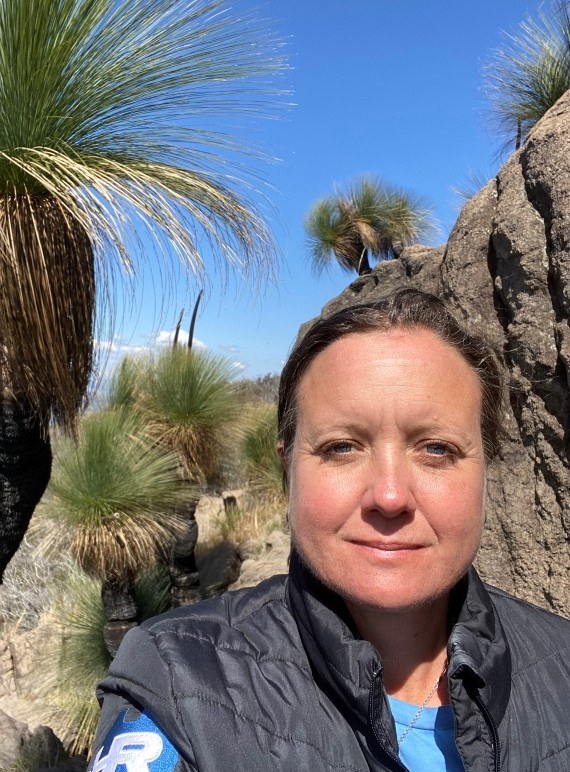
"We tried everything we could possibly think of to get people's voices heard and it didn't work. I don't know how you outweigh those vested interests." — Sally Hunter, community member & farmer
“The policy settings aren't right to stop these kinds of projects, and then they're exploited by the companies who know how to do that. And they're backed up by these processes that aren't independent, by these people who aren't independent, who make the decisions… The system is broken."
Community members like Sally hold grave concerns about CSG wastewater contaminating this precious water supply, and are worried about impacts of the fossil fuel project on the climate and the region’s threatened wildlife—including koalas, spotted-tailed quolls, squirrel gliders and the Pilliga mouse.

Traditional owners have also made it clear they oppose the Narrabri Gas Project. The Gamilaraay/Gomeroi people have been fighting Santos for over a decade, but say their concerns over climate change and cultural heritage destruction have been ignored.²
Back in 2014, Santos referred its gasfield proposal under the EPBC Act as it was ‘likely to have a significant impact on listed threatened species and communities, water resources and Commonwealth Land’. During this process, the NSW government received close to 23,000 submissions from members of the public—with 98% of them opposed to the project. This is the greatest number of submissions ever received by the NSW government regarding a major resource project.
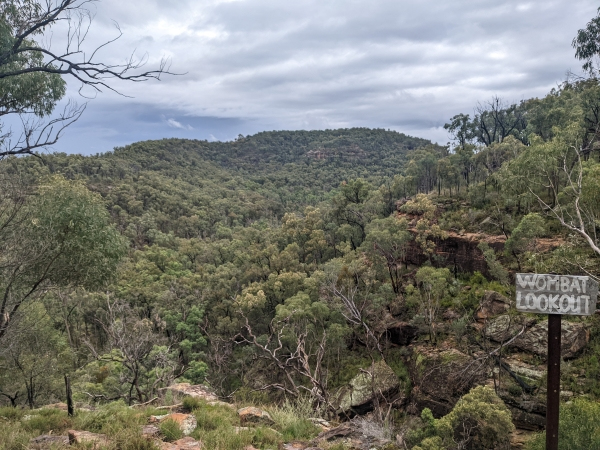
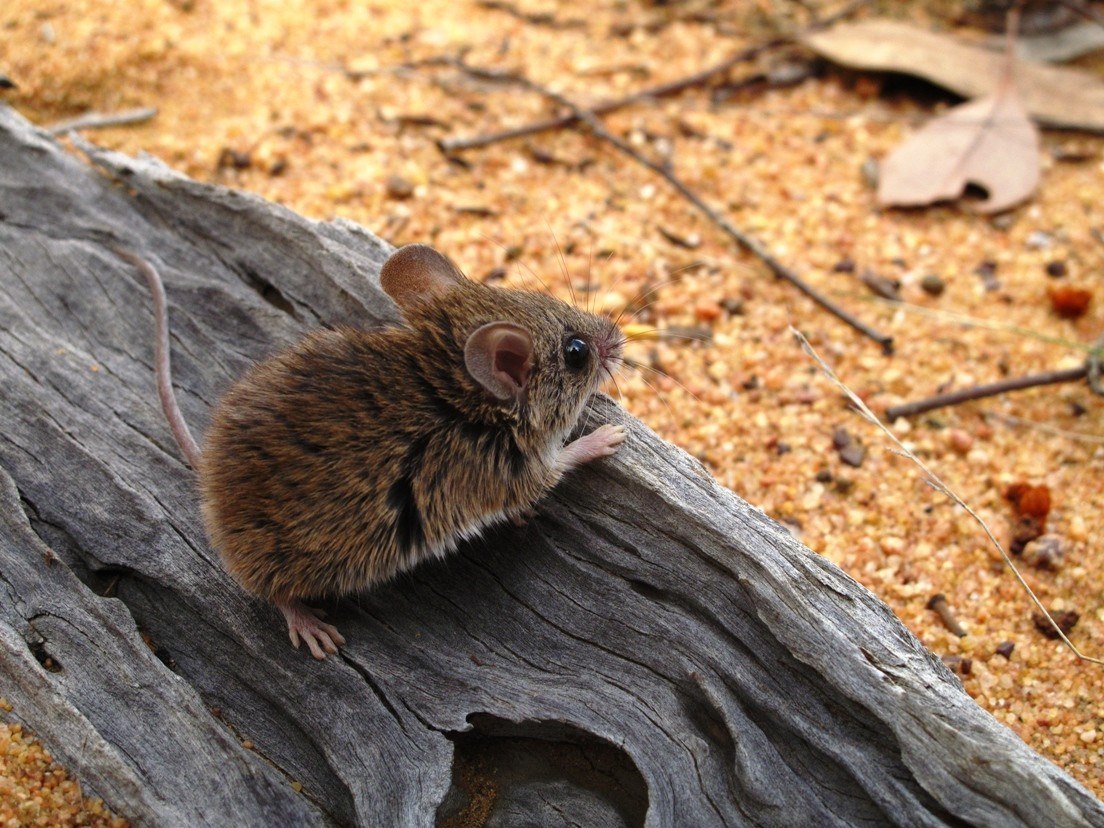
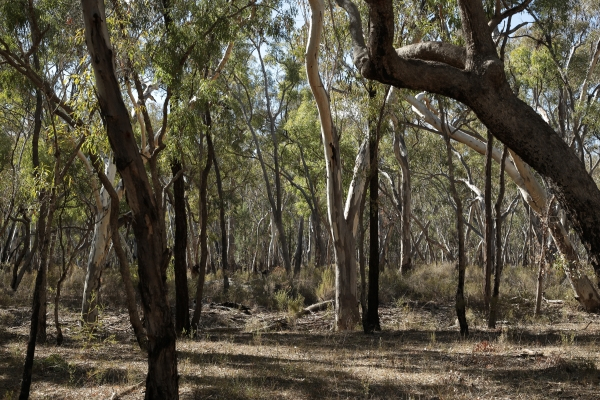
The decision to approve the Narrabri Gas Project was made even though the Department of Environment's own reporting tool identified 28 threatened species & 7 ecological communities that may occur within 10km of the site. Image: Dan Down
It also found the project could have a significant impact on threatened species including koalas, superb parrots, spotted-tail quolls, the Pilliga mouse, and south-eastern long-eared bats, as well as swift parrots and regent honeyeaters (species which became critically endangered in the intervening years, although these uplistings were not considered by the Minister). Image: Justin McDowell
The report also noted that the project could have a significant impact on five species of flora and on the endangered Brigalow ecosystem. Pilliga Rising film (Mark Pearce)
Sally and the community dutifully attended the Independent Planning Commission (IPC) hearings into the Narrabri Gas Project and gave their impassioned objections. But in the summary, their pleas were brushed aside.
"They were not reflecting the 90% of people that were speaking in opposition; they were glossing over that and would quote back the couple of people who were supportive,” Sally reflects. “It was just apparent that….it was just a facade, this whole dance about the so-called independent assessment of it all.”
The IPC approved the project and passed it to the then-Federal Minister for the Environment, Sussan Ley, who decided to forgo any public consultation because “the views of the public… were well understood." She gave the project the final tick two months later. In her Statement of Reasons for approving it, the Minister referred to the widespread public opposition in just three paragraphs out of 670 outlining why it should go ahead.
"[Governments] want us to be completely exhausted and emotionally drained from this process so that they can still approve the projects and have no legal recourse. That's what the process is for. It's to wear people out. To break them—it's a form of torture. And it works. It's very effective.”
Sally’s community feel like they’ve been ignored at every turn. One way they’re fighting back is by building a renewable battery through a community-run energy company they started—to demonstrate that community decisions are better for people and nature.
Still, finances for the Narrabri Gas Project and agreements for the gas pipelines are yet to be finalised. Although they’re exhausted, while there is still hope, locals like Sally have no choice but to keep battling on.
How our right to a fair say was denied |
🗙 The right to know 🗙 The right to participate 🗙 The right to challenge |
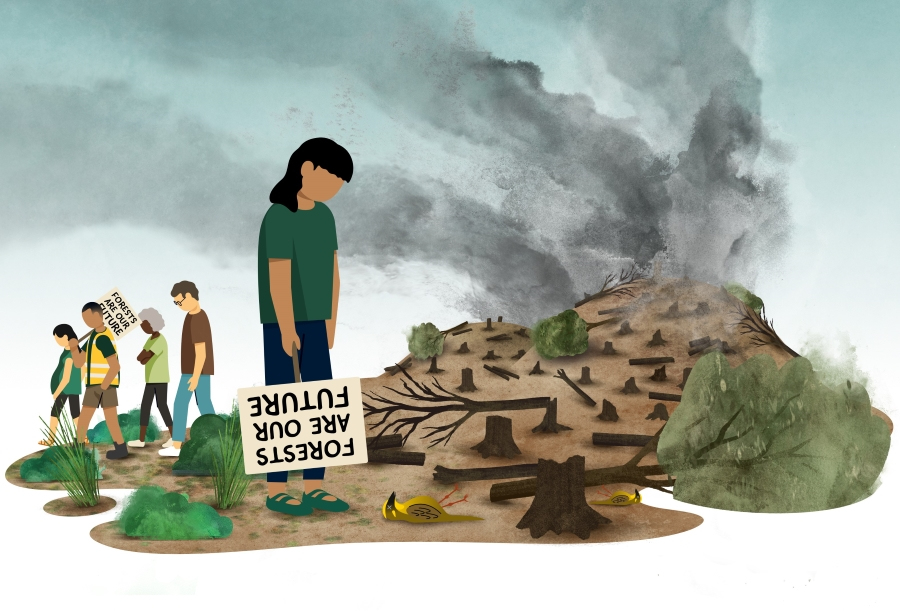
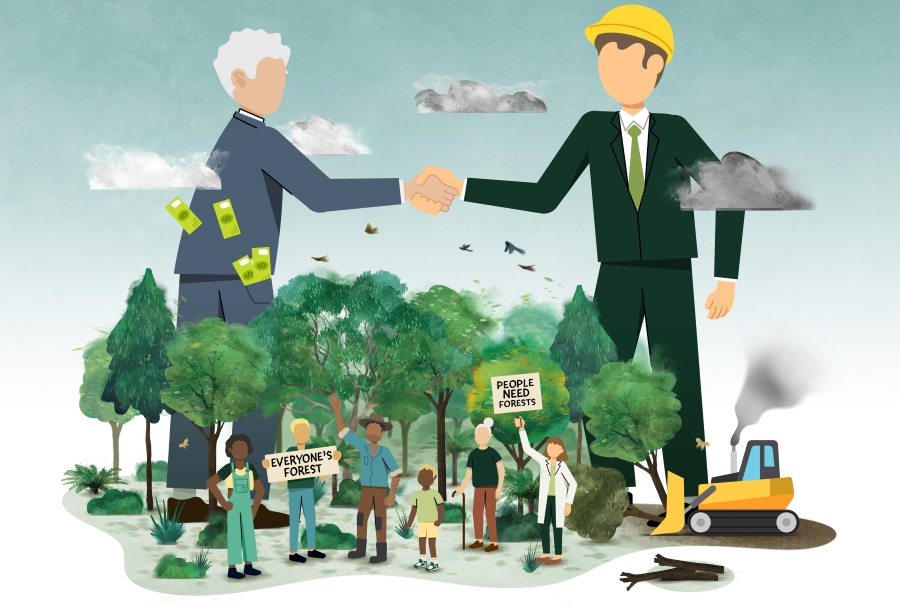
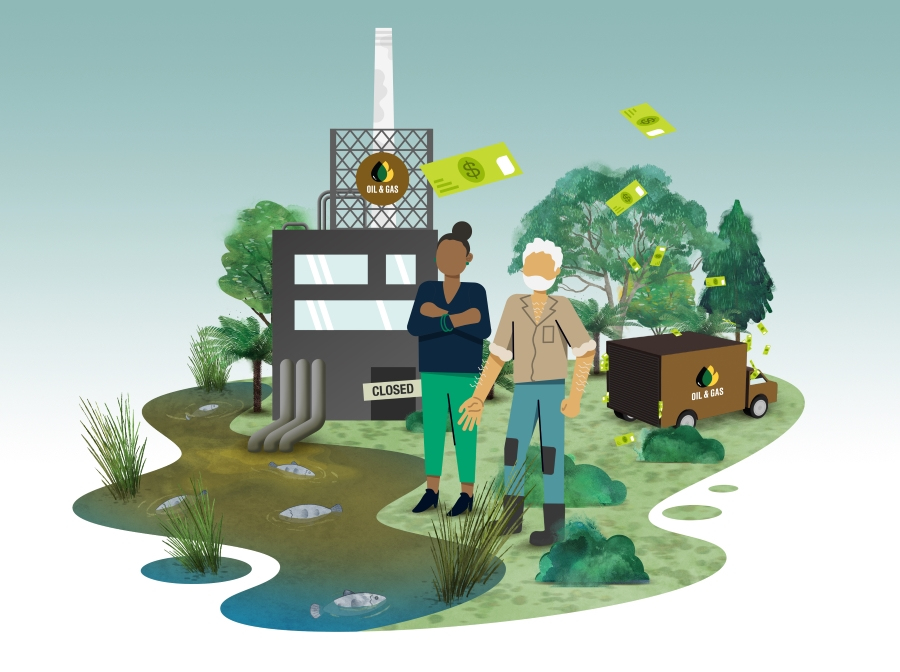
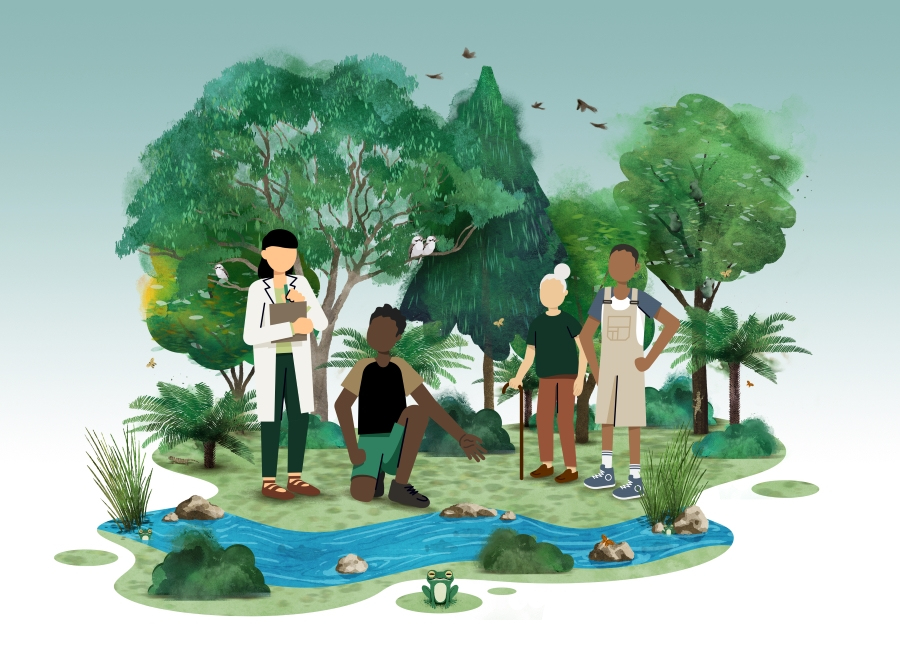
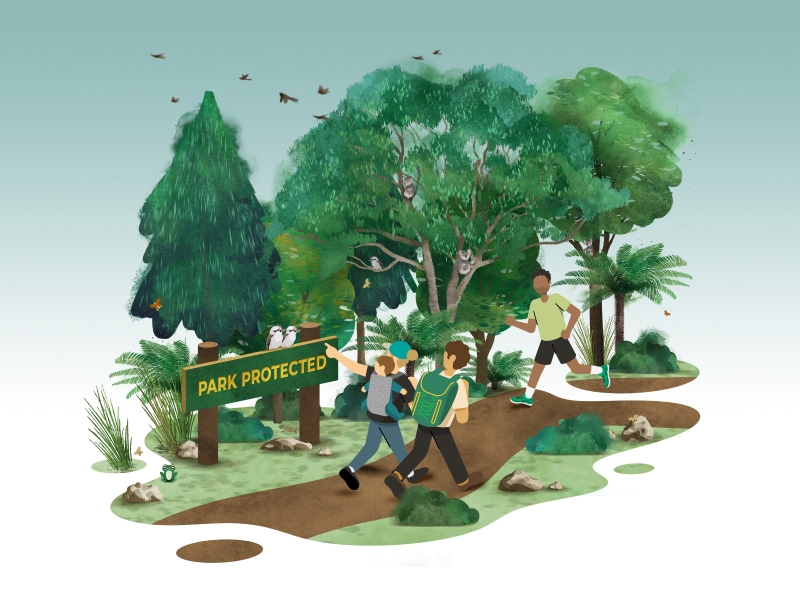
Projects that irreparably damage the environment get approved even in the face of overwhelming community opposition. Why?
Governments aren’t required to give communities a fair say in environmental decision-making. Instead of listening to the community—to community groups, environmental organisations and scientists—governments are most influenced by corporations that profit from the destruction of nature. In other words: our system of environmental decision-making lacks integrity.
Australia's lack of genuine community involvement in environmental decision-making has serious ongoing impacts. It’s driving a wildlife extinction crisis, destroying globally important ecosystems—and people are left to suffer the consequences. Governments and corporations come and go. Nature and communities live with their decisions forever.
The public has the right to a fair say in decisions about issues like the industrial logging of unique forests and the destruction of endangered species habitat, or the expansion of the fossil fuel industry. Yet too often, critical documents are withheld from concerned citizens, decision-makers conduct tick-box consultation and then ignore the community’s views, and the right to seek a review of bad decisions is denied.
That’s why the Wilderness Society is pushing for governments and corporations across Australia to enshrine and activate community rights in environmental decision-making. If the public is empowered with laws, policies and regulations that recognise our right to a fair say in decision-making, we’ll ensure a better future for people and nature.
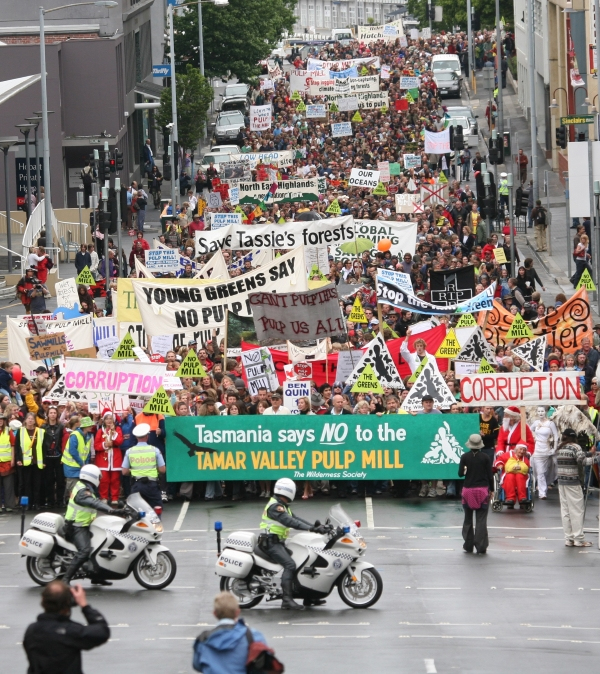
“Everyone thinks it was purely environmental. It was actually a community campaign, a socio-economic campaign that began because of a great sense of injustice, because the costs and the risks were going to be borne by the community and the benefits, if any, were going to be gained by private enterprise with massive government support.'' — Bob McMahon, community member & activist
“The message it sends is that if [a company is] unhappy with the process… then [it] can throw [its] hands in the air, claim that it will cost all these jobs and lots of money that won’t be invested in the economy, and government will do summersaults to appease [it]. It is a very worrying message from the perspective of good decision-making.” — Barrister Chris McGrath
The proposal for the mill was supported by then-Prime Minister John Howard, Opposition leader Mark Latham, the Tasmanian government and the Chamber of Commerce.⁵ But the community was against it from the start—and with good reason. On the other side of the planet, toxic chemical waste from a new pulp mill was suspected as the cause of the horrific demise of wildlife and plantlife at a wetlands in Valdivia, Chile, devastating the community there.
After locals in Tasmania raised these concerns with the state government, two investigators from its pulp mill task force visited the Valdivian wetlands, but determined that the cause of the dramatic loss of bird life was ''inconclusive''.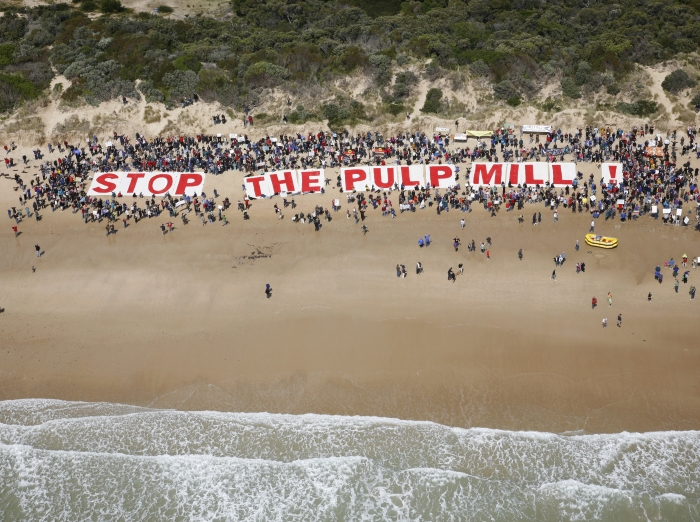
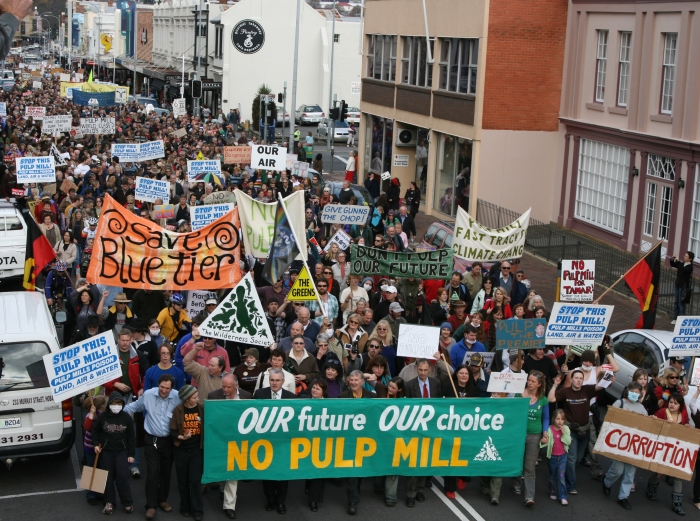
Protest at Low Head beach, site of the planned effluent outfall pipe for Gunns’ pulp mill. Photo: Rob Blakers
An estimated 11,000 people protect the Pulp Mill in Launceston. Photo: John McLaine
“It was the people who stood up for their air-shed, for their marine environment, for their local amenity and for their forests—and ultimately [despite inadequate federal nature laws] defeated the biggest company in Tasmania, and a government that was willing to corrupt the process to further a commercial interest.”—Wilderness Society’s former Tasmanian Campaign Manager, Vica Bayley
How our right to a fair say was denied |
🗙 The right to know 🗙 The right to participate 🗙 The right to challenge |
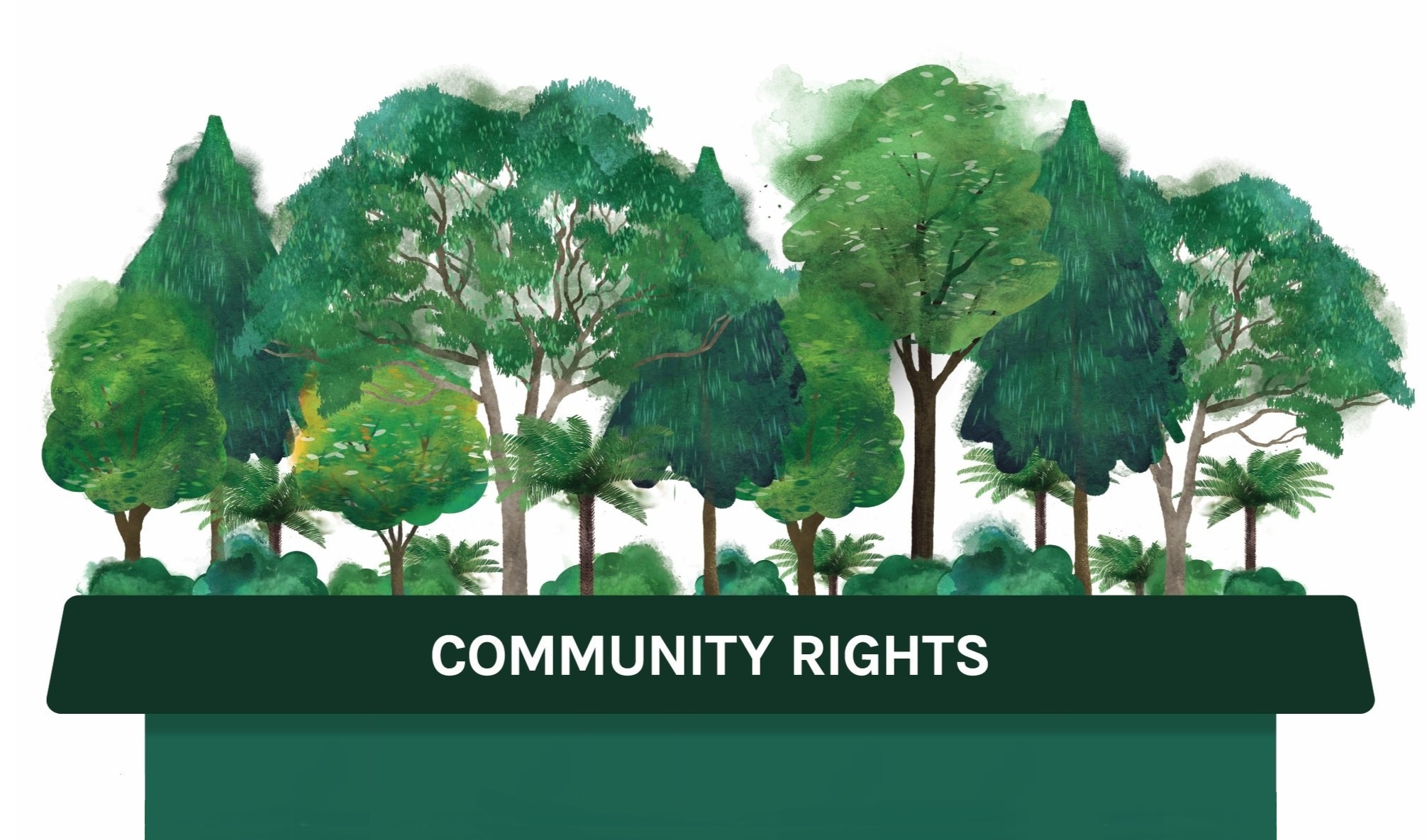
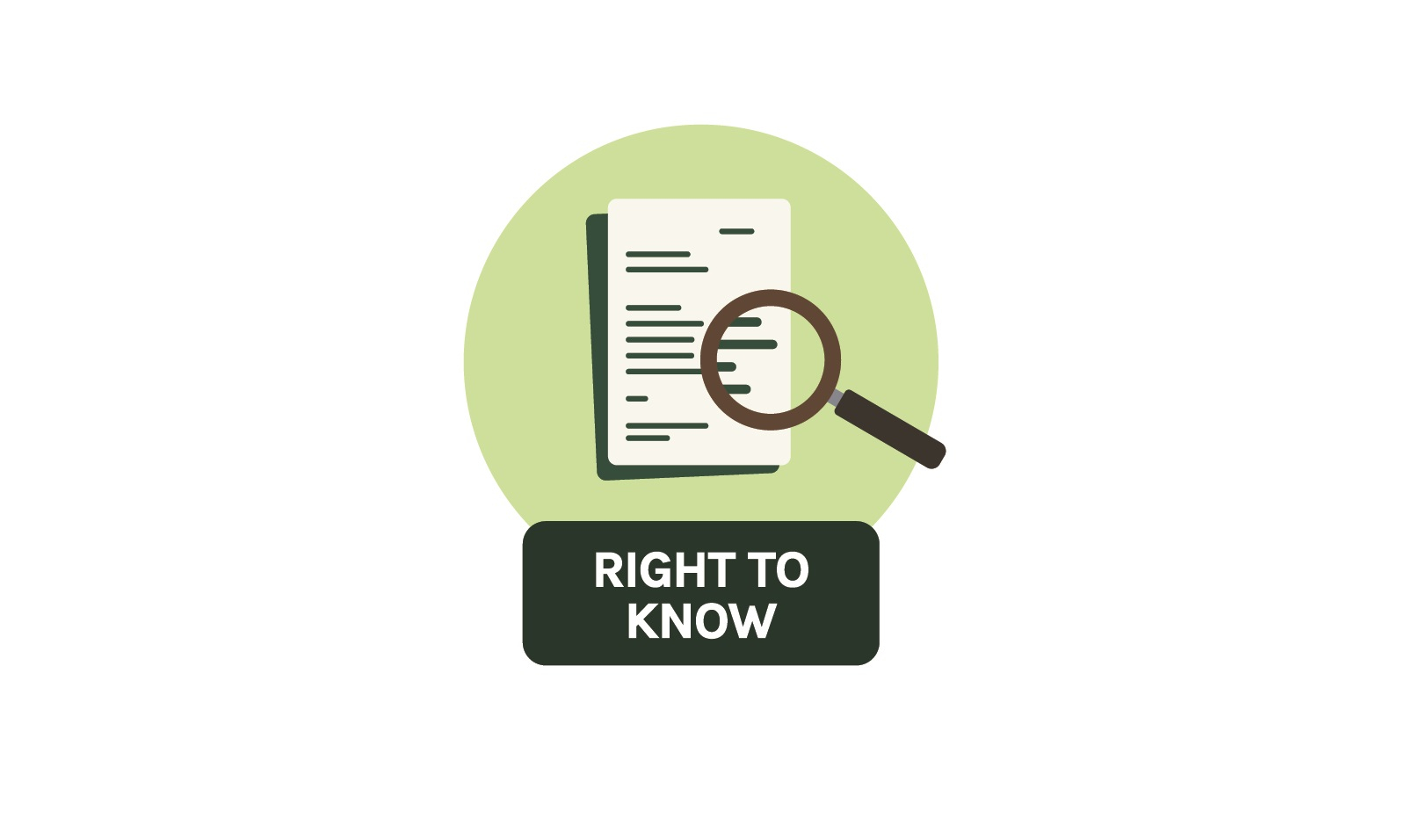

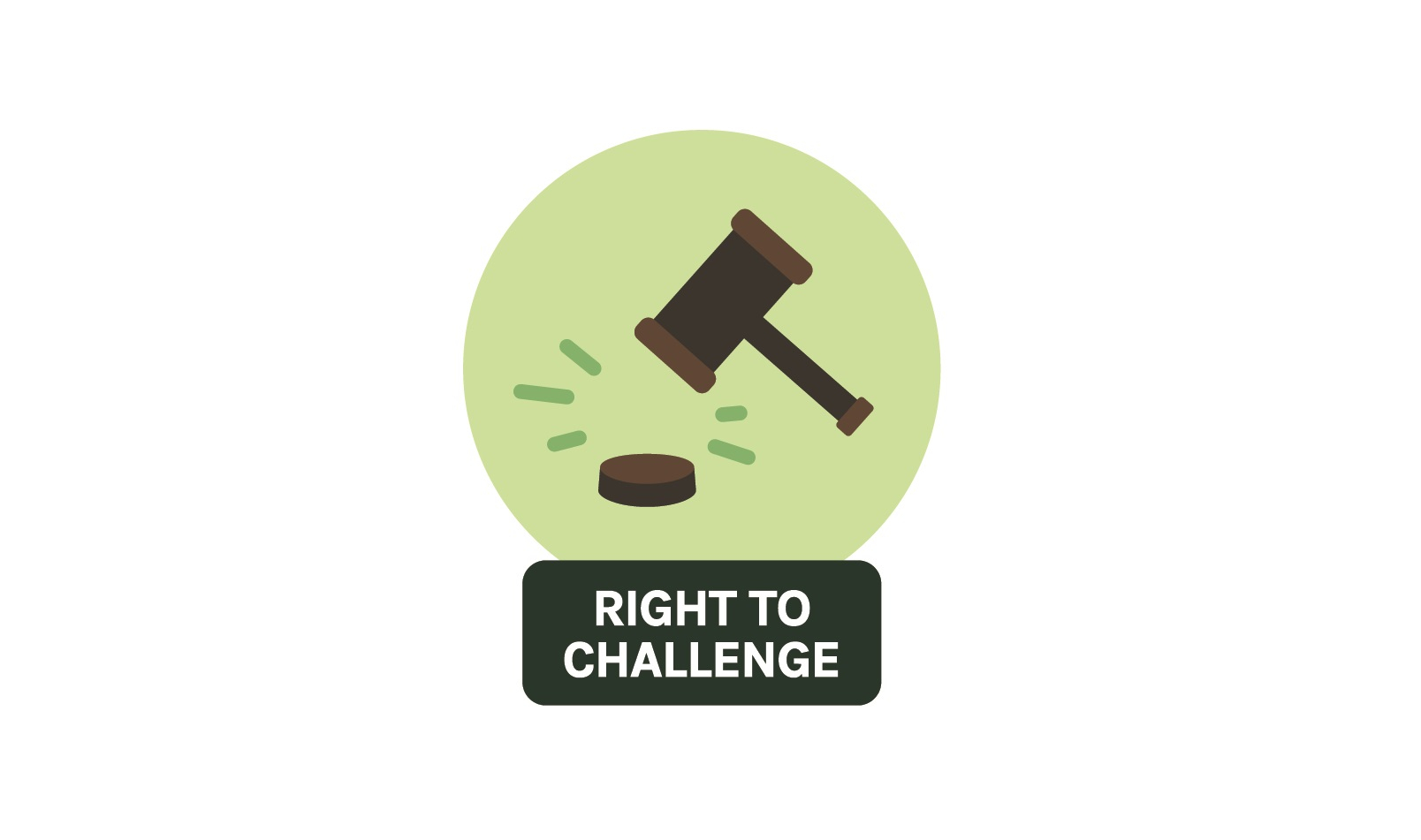
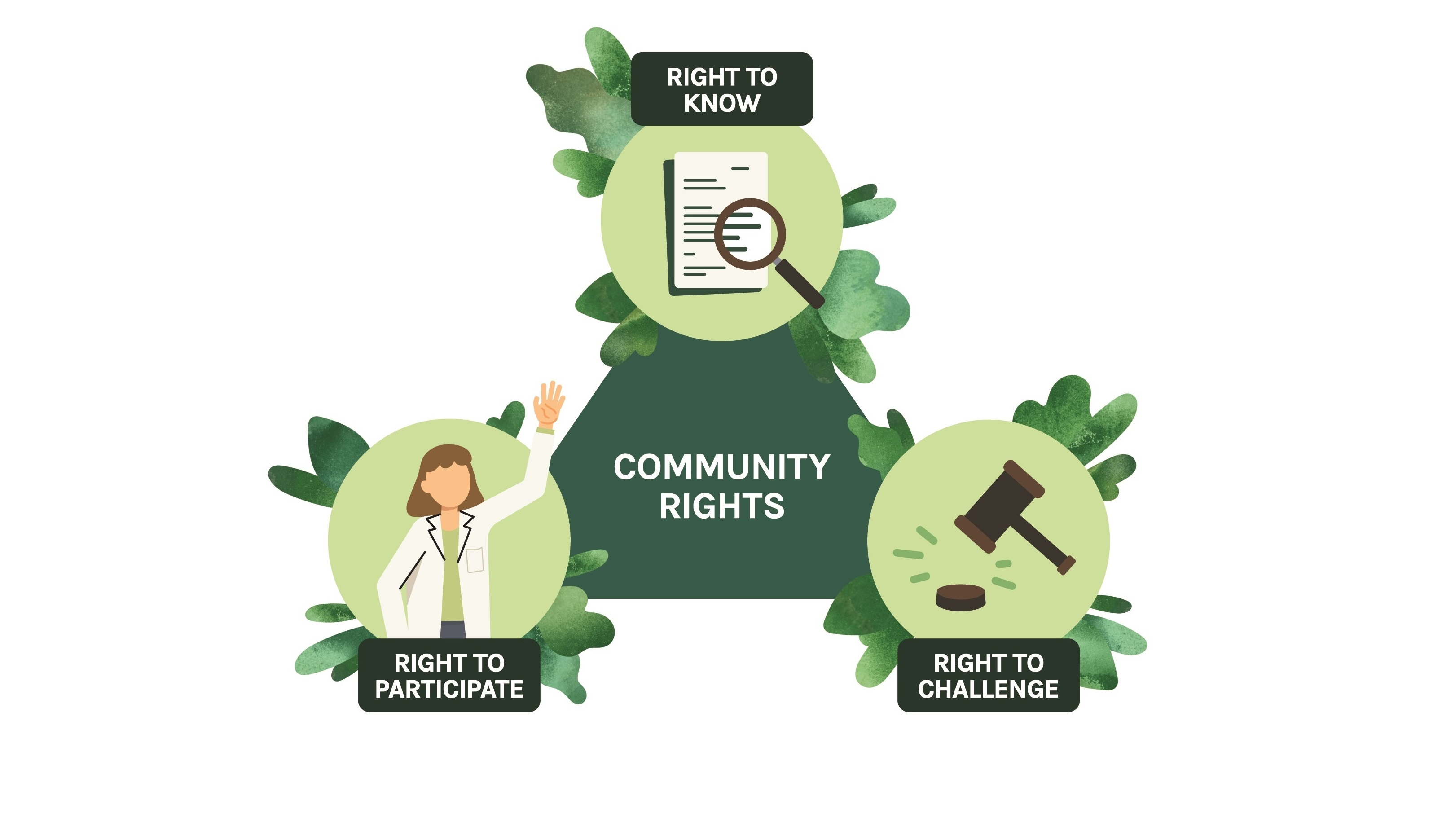
All communities in Australia have three basic universal rights that should be recognised to ensure they get a meaningful say in environmental decision-making.
Access the information authorities hold.
Have a genuine say in decision-making.
Seek legal remedy if decisions are made illegally or not in the public interest.
These environmental community rights function as a system, not as a series of disconnected rights. Each right interacts with and supports the function of the others—so it’s essential that all three are embedded in laws, policies and regulations or there will be critical gaps in the integrity of environmental decision-making by governments and corporations across Australia.
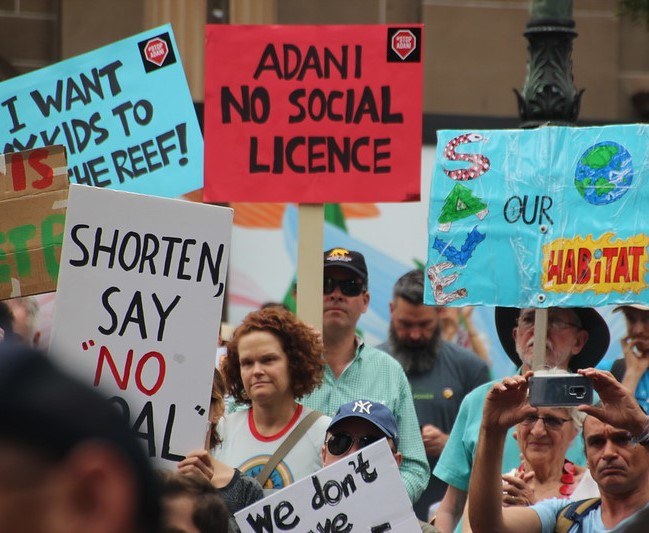
“People power has been the only thing keeping Adani’s coal in the ground for ten years.” — Stop Adani campaign
“This situation seems [to demonstrate]...the significant power that business interests have over government policy in contrast to citizens’ lack of independent influence.” —Robyn Gulliver, Commons Library
The project was first approved under the EPBC Act in 2014 by then-Federal Environment Minister Greg Hunt, who ignored expert advice from the Independent Expert Scientific Committee. The Mackay Conservation Group launched a challenge, and it was found that Mr Hunt failed to consider advice about two species: the yakka skink and the ornamental snake. Following the court decision, the Federal Government gave Adani re-approval to build its massive coal mine in 2015.
Later that year, the ABC revealed that Adani failed to disclose to the federal government that its Australian chief executive ran a mining company in Zambia that pleaded guilty to serious environmental harm.⁷ Instead of this counting against them in the assessment process, the Federal Environment Department said Adani likely made a "mistake”. Less than two weeks later, the mine received its final environmental approval from the Queensland government.
In 2016, the Queensland government declared the Carmichael coal mine to be "critical infrastructure"—invoking special powers in a bid to fast-track its remaining approvals. State Development Minister Dr Anthony Lynham said the move would mean “less red tape” for the project.
Today, due to the sustained community pressure of the Stop Adani movement, the Carmichael coal mine is operating, but not as planned.⁸ Despite the mine being years behind schedule, much smaller in scale than initially hoped and worth a lot less, Bravus Mining & Resources (formerly Adani) is still getting special deals from the Queensland government—including an agreement to defer royalty payments for an undisclosed period, amounting to an estimated $271 million dollar taxpayer subsidy, and a secret contract with state government-owned water corporation SunWater.⁹How our right to a fair say was denied |
🗙 The right to know Adani failed to disclose that its Australian Chief Executive ran a mining company in Zambia that pleaded guilty to serious environmental harm The Queensland government is withholding details of its secret deals with Adani, now operating as Bravus Mining & Resources—allowing the coal giant to defer royalty payments for an undisclosed period, which is costing taxpayers millions—and handing over water resources for the mine without informing Traditional Owners 🗙 The right to participate The Queensland government invoked special powers in a bid to fast-track the mine’s remaining approvals, denying the community enough time to have a meaningful say 🗙 The right to challenge |
Right now, the federal Labor government is reforming the EPBC Act, and it needs to enshrine a fair say for the community. Here are 3 of the key changes we're calling for.
1. Proponents can’t be allowed to run the show without appropriate oversight from the decision-maker (EPA/Minister)
Evidence: A reliance on proponents self-referring projects and conducting their own endangered species surveys has weakened our federal nature laws for 20 years, and handing over control of public consultation to proponents will make things worse.
Solution: The best way to ensure consistent and appropriate consultation with the community would be for the EPA to undertake those consultations to clear and consistent standards on all proposed projects–rather than relying on proponents. If the government is insistent on outsourcing consultation to proponents, there must be unambiguous mandatory requirements for proponents and rigorous oversight by the EPA.
2. Internationally recognised standards for public comment and affected community consultation must be met
Evidence: Australians love nature and expect a fair say in environmental decisions. Genuine community participation is essential to the integrity of decision-making, results in better environmental outcomes and minimises risk for proponents because it reduces the likelihood that approvals will be challenged. It can help ensure that all project risks are identified and that all available mitigation measures are properly considered.
Solution: Reforms that reflect international benchmarks for public comment and affected community consultation, including a requirement for transparency regarding the impact of community feedback on the proponent’s application and the decision-maker’s final decision.
3. The community must be able to challenge bad decisions
Problem: The draft standard does not give the community the opportunity to seek a merits review of bad decisions.
Evidence: Merits review improves accountability and is critical to ensuring the best decisions are being made in line with the intent of the legislation.
Solution: EPA and ministerial project-level assessments and decisions must be subject to merits review.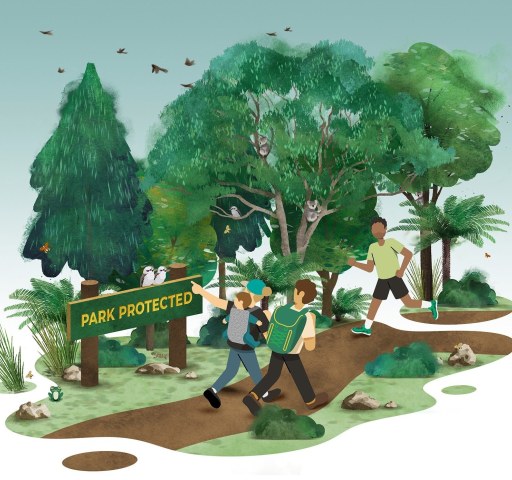
Sign the petition to demand communities be given a fair say in decisions about the environment.
References
¹https://npansw.org.au/2017/09/...
²https://www.sbs.com.au/nitv/ni...
³https://unsw.press/books/the-r...;
⁴https://www.theaustralian.com....;
⁵https://www.smh.com.au/nationa...
⁶https://commonslibrary.org/aus...
⁷https://www.abc.net.au/news/20...
⁸https://www.stopadani.com/what...
⁹https://www.stopadani.com/qld_...
Additional references: https://standing-our-ground.or...